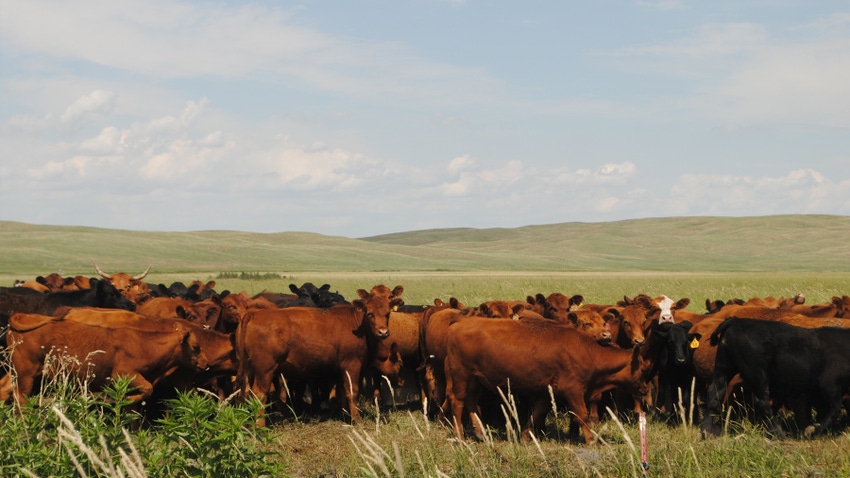March 3, 2023

by Jim Ramm
I develop bred heifers and raise cow-calf pairs on our JR Angus Ranch in the Stuart and Atkinson, Neb., area. I graduated from the University of Nebraska with degrees in animal science and ag education. I have served over the years on numerous beef-related organizations and boards, including the Nebraska Beef Council Board.
I served as president of Nebraska Cattlemen in 2012 and was on the NC board of directors for 13 years, along with serving as chairman of the NC Foundation. I am a graduate of LEAD 10 and served on the Holt County Extension board, along with a variety of other local organizations and boards.
These leadership opportunities have afforded me a little insight into the greatest challenges we are facing today for the beef industry overall. The cow-calf sector probably faces some of the greatest obstacles because of the current situation of extremely low cow herd numbers, rapidly rising expenses, a lack of available forages and drought.
Look back to 2012
For historical perspective, we can look at the drought year of 2012. The herd was liquidated because of extreme drought, but it bounced right back and producers saw some record highs in the marketplace. The cow-calf producer made some money.
Today, the herd liquidation is different. Those cow-calf producers are coming off three to five years of little to no profit, and they are bleeding equity. There are new challenges ahead, although the cattle market looks good. We’ve depleted the cow herd down to record-low levels. Fuel costs, interest rates, feed costs and other expenses, thanks to inflation, are going up and up, compared to a decade ago.
We are looking at the lowest roughage inventory in the U.S. since records were kept. Here in Nebraska, I ran an ad selling a few round bales, and my phone rang off the hook with so many calls. Big round bales of prairie hay are bringing upward of $200 per ton, and alfalfa is up from there.
A cow will waste about 10% normally during the feeding process. While the recent snows have been a blessing for moisture, this means the cow will waste up to 20% of the hay we feed, adding to our winter feeding expenses.
Because of the high price of corn, much of our native pastures have been converted into crop ground, depleting the availability of pastureland, especially for young producers hoping to get into the cow business.
The upside
I’ve had the opportunity to learn firsthand that international demand for U.S. beef is very strong. They will take all that we can produce, because U.S. beef is special on the world plate. Hamburger is still king domestically, and the cow herd liquidation has created a good supply.
Once we start rebuilding the cow herd, although there is plenty of trim from the processing industry to fill the demand, it will cut into hamburger production.
While we know that U.S. producers grow the healthiest and safest beef products of any nation in the world, we must figure out a way to get young people back into the industry and on the ranch. To do that, we must create affordable grass pasture. The Sandhills were made for cows, so we don’t want to take our best cow country out of beef production.
Food production is a sacred enterprise. For young folks looking to get into the industry, if it is something you love and you enjoy, ranching can provide the best kind of opportunity to raise your family around you — working together in a special ranching lifestyle, in nature, with family bonding through work and play. It is the best kind of life for those who truly want to work for it.
Ramm is a graduate of LEAD 10.
You May Also Like




